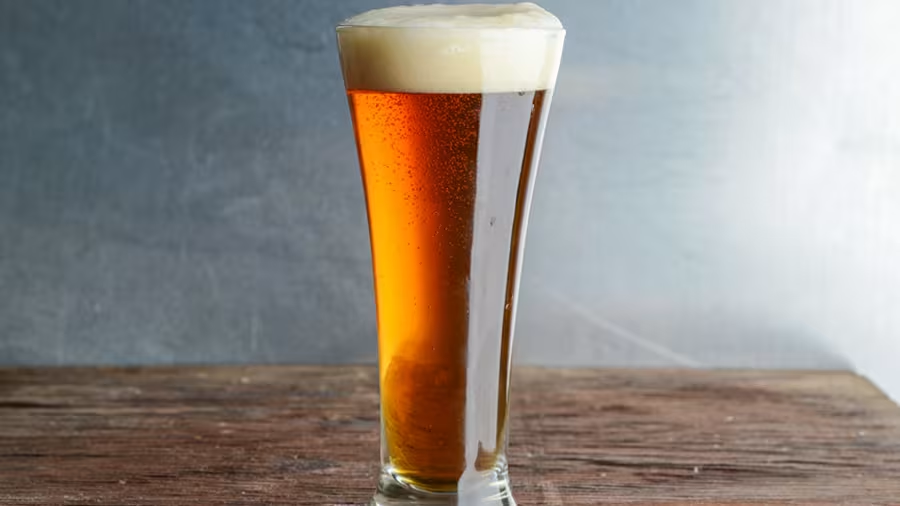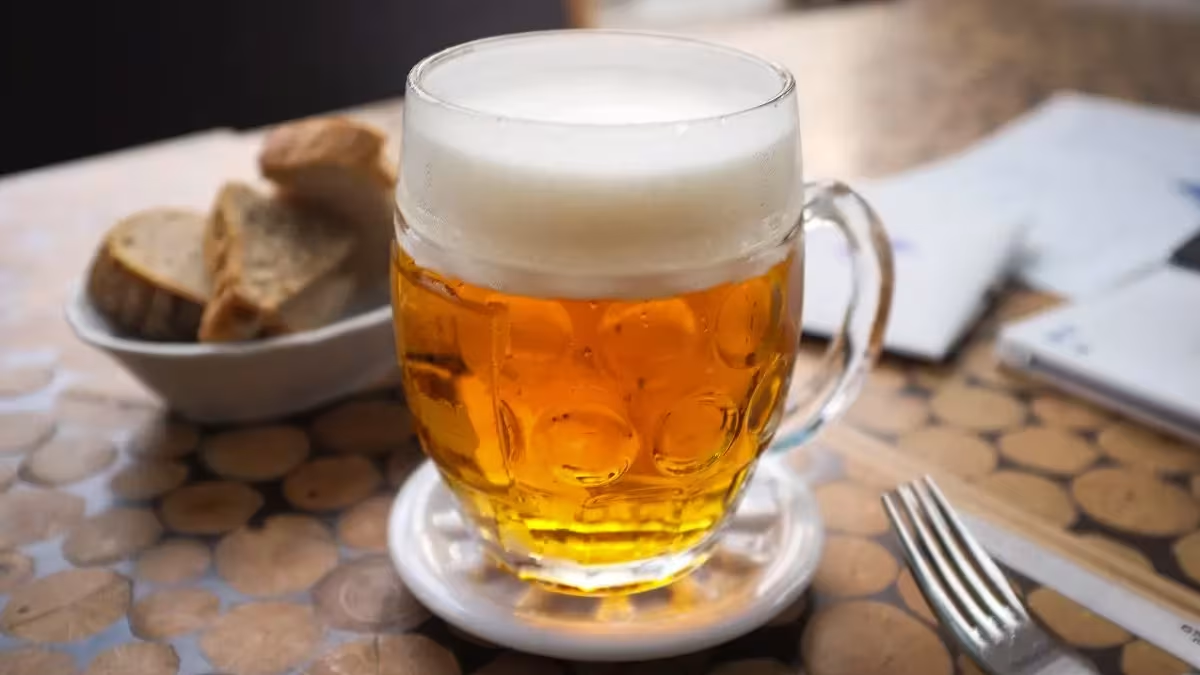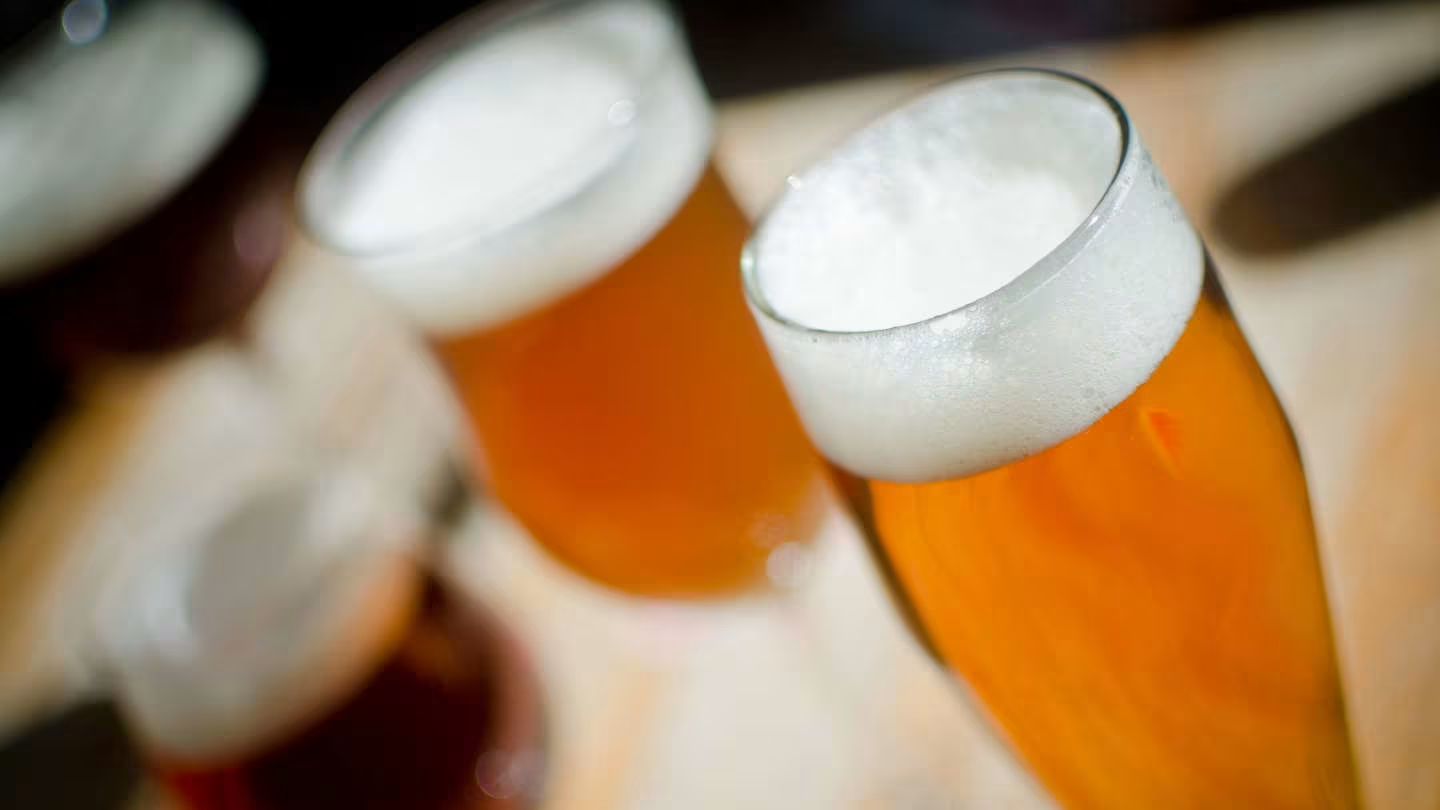
Brew the Perfect Czech Lager with Kveik Yeast: A Step-by-Step Guide
Written by Jessica Lopez
Published at 20-12-2024
Edited on 02/05/2025 | 05:48 PM
Baked-Goods RecipesCourse: Beverage
Cuisine: Czech
Difficulty: Moderate
Servings
5 gallons
Prep Time
30 minutes
Cooking Time
60 minutes
Total Time
1 hour 30 minutes
Fat
0g
Protein
1g
Carbs
12g
Calories
50 kcal per 12 oz
If you’re a fan of crisp, refreshing lagers, then you’re in for a treat with this Czech lager recipe using kveik yeast! Kveik, a traditional Norwegian yeast, has gained popularity among homebrewers for its ability to ferment at higher temperatures and produce unique flavors. This recipe combines the classic characteristics of a Czech lager with the robust fermentation profile of kveik, resulting in a brew that is both traditional and innovatively modern. Creating your own lager may sound daunting, but with this straightforward guide, you’ll be able to craft a delightful brew right in your kitchen. The key to a great lager is not just the ingredients but also the brewing process.
Kveik yeast can ferment quickly, allowing you to enjoy your homemade lager sooner than you might expect! The process begins with high-quality malt, hops, and, of course, the star of the show—kveik yeast. You’ll soon learn how to balance the rich malt flavors with a hint of hop bitterness, producing a well-rounded lager that is sure to impress your friends and family. Plus, with the versatility of kveik, you can experiment with different flavor profiles to create a lager that is uniquely yours. Whether you’re a seasoned brewer or a curious beginner, this Czech lager recipe with kveik yeast is accessible and rewarding.
So grab your brewing gear and let’s dive into the world of homebrewing! You’ll be enjoying your refreshing Czech lager in no time. Cheers!.


